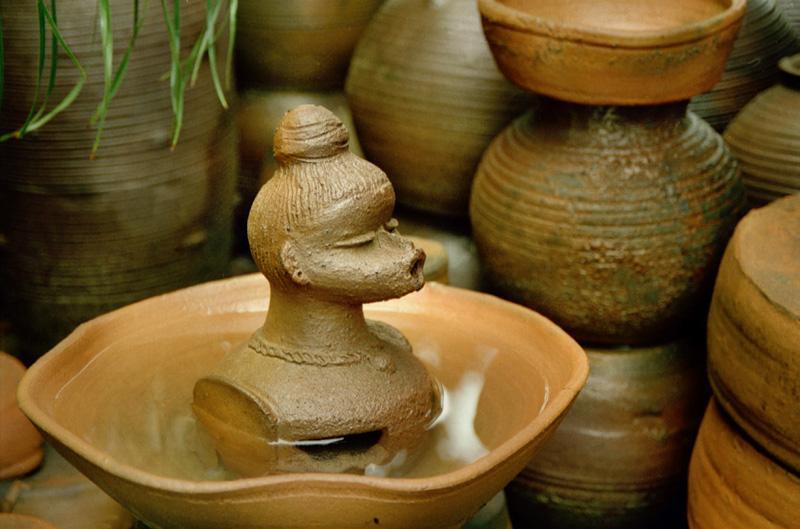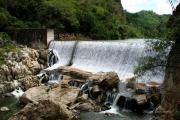
If there is one place in the Philippines that one should not miss to visit, it is the charming heritage city of Vigan. Known for being the oldest surviving Spanish colonial city in the country and declared as a UNESCO World Heritage Site in 1999, Vigan is not only famous because of the ancestral houses. It is also well known for its Burnay.
What is Burnay? It is the same question that came to my mind after hearing the word. Burnay is an Ilocano term for clay pot. It is a distinct mark of the Bigueos where the burnayan or pottery place is a one stop shop for pottery and any souvenirs from Vigan located at the corner of Liberation Boulevard and Gomez Street.


Snippets of Burnay
Burnay industry was introduced by early Chinese settlers and preceded the arrival of the Spanish colonizers in the Philippines. It served as the container of local products for shipment to China and other Asian kingdoms in pre-colonial times. It is also used in the fermentation of fish sauce, vinegar and “Basi”, the Ilocano wine from sugarcane juice.



Trip of Discovery
Burnayan works is one of the unique experiences that you may have in Vigan. One interesting thing in mixing the clay is that they still do it the old-fashioned way. Carabao mixing is where the carabao goes round and round a shallow hole full of red clay to produce clay with a fine consistency.
Once the right consistency is reached, one will take a lump of clay and smack it into the turntable. One will kick the bottom of the circular stone contraption sideways, spinning the entire thing and another will shape the clay to the desired configuration. The hand-molded figures are dried, then transported to the brick-and-clay kiln, where the pieces are “cooked” for some time.
The trip to the burnayan is indeed worth exploring. It is one way to have a glimpse of the past and nurture one’s mind on how rich Vigan is.
Travel to Vigan
By Air: Domestic flights via SeaAir leave Manila twice a week for Vigan City, Fridays and Sundays at 2:30 PM. Domestic flights leave Manila daily for Laoag City in Ilocos Norte, which is an hour and a half by bus or arranged vehicles to Vigan. The city can be reached from Laoag City via Farinas Transportation, Maria De Leon Bus Lines, RCJ Bus Lines, F. Franco Trans, Auto Bus, Florida Transit, and Partas Bus.
By Land: The 408-kilometer stretch from Manila to Vigan City is a comfortable eight-hour ride along the scenic Manila-Ilocos Highway. Air-conditioned Partas Bus, Dominion Bus, Aniceto Bus, and Viron Transit ply the Manila-Vigan route regularly.
Getting Around: The best way to explore Vigan is on foot; the city center is small yet full of excitement. Experience a calesa ride around Vigan at P150.00 per hour.
Accommodations
My Vigan Home Hotel is located at 14 Plaridel corner Bonifacio Streets, Vigan (Ilocos Sur), Ilocos Region, Philippines 2700.










